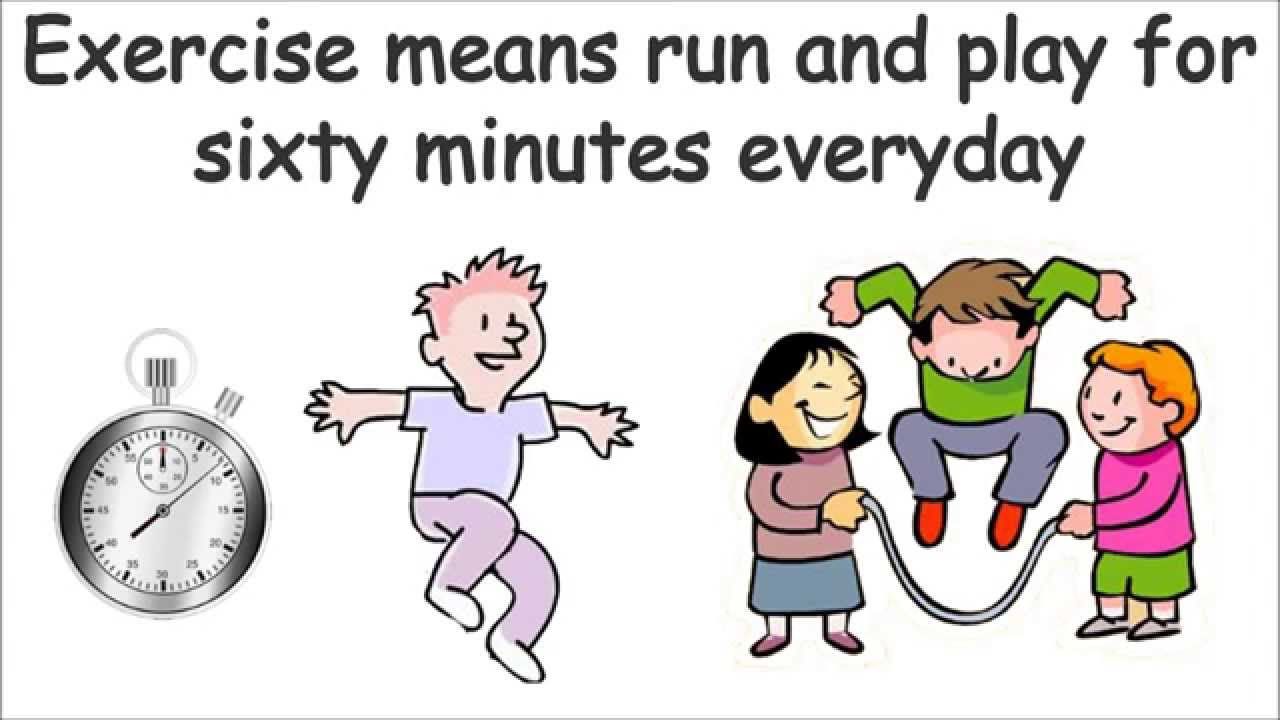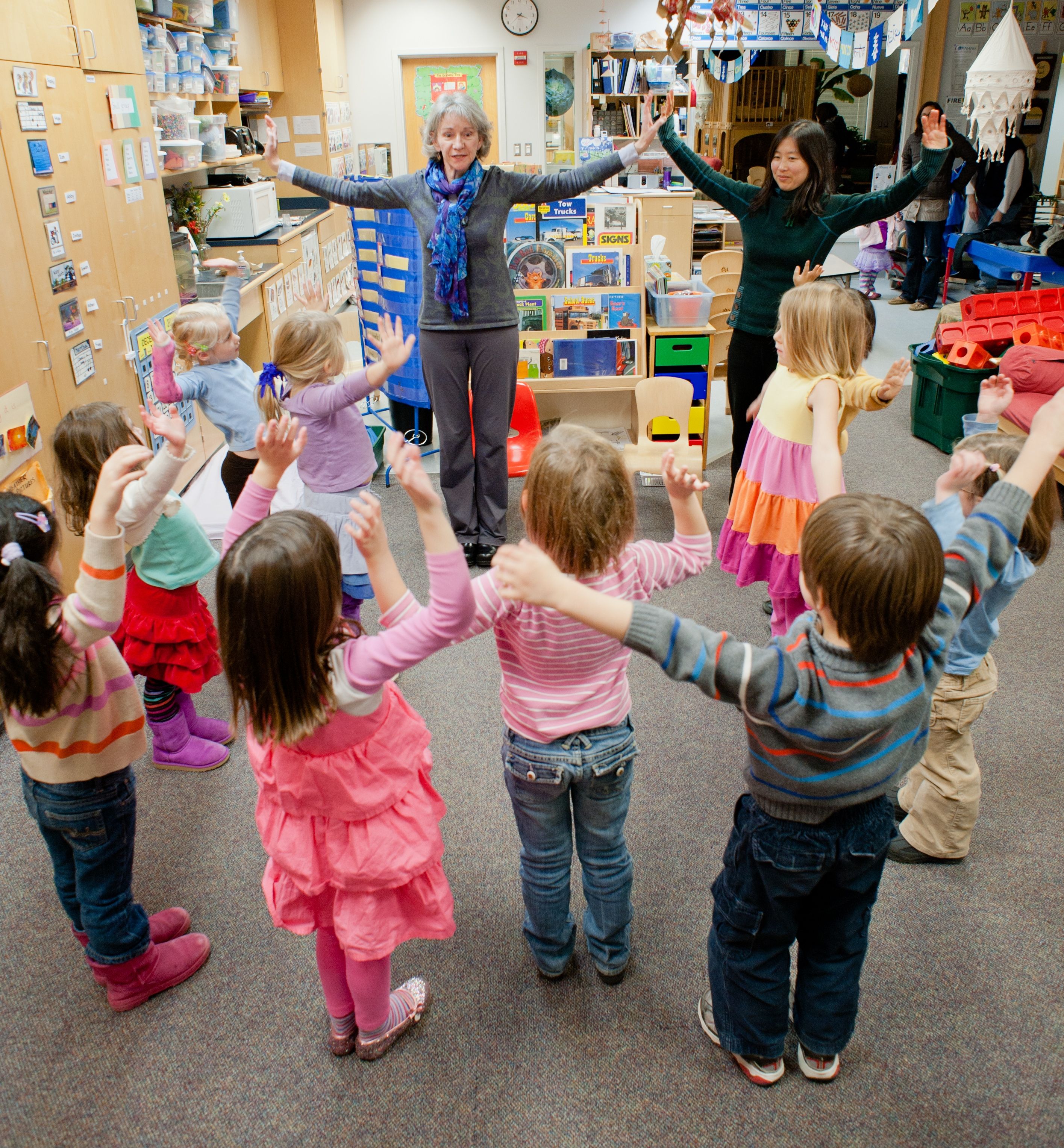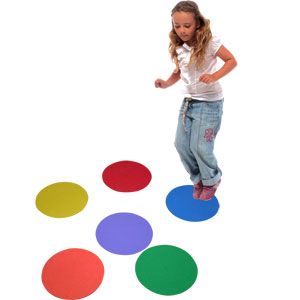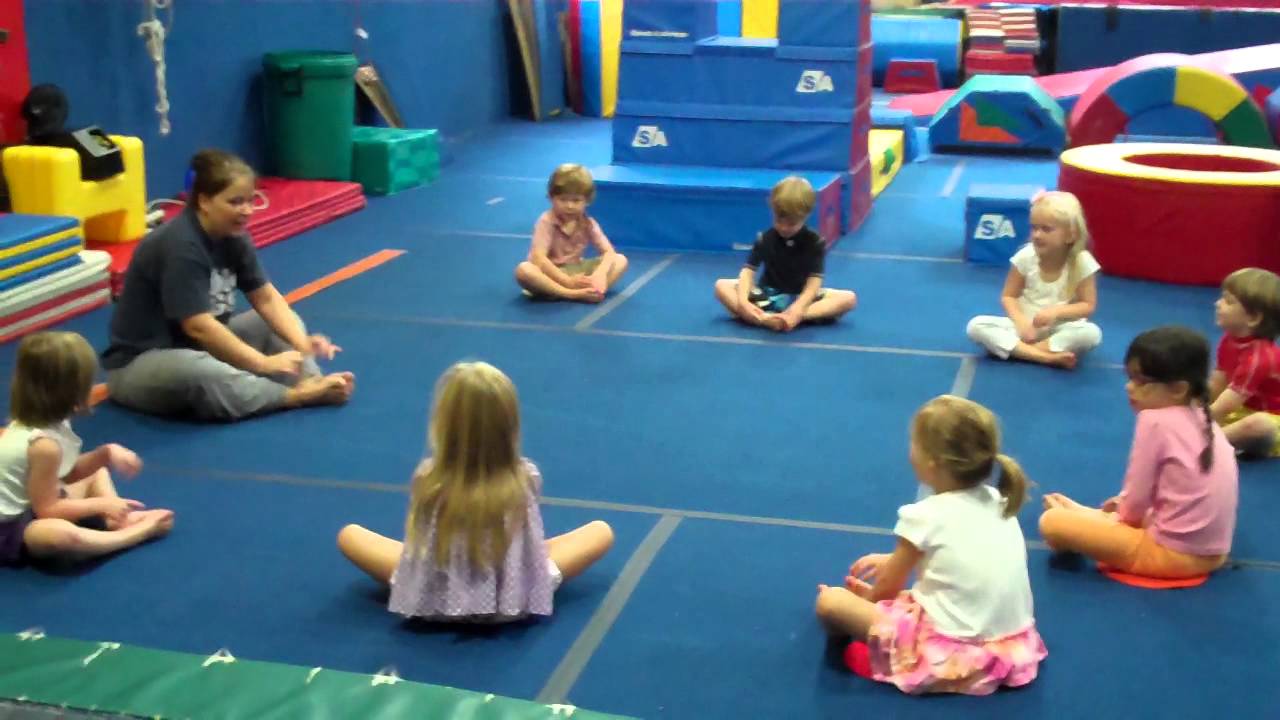What You Need to Know About Children's Fitness
SURPRISING FACTS ABOUT KIDS AND EXERCISE
 Watch this video about the importance of getting 60 minutes of activity everyday.
Watch this video about the importance of getting 60 minutes of activity everyday.
Why do kids need to exercise?
Exercise: we all know it’s important yet finding the time and the right activities can be a challenge. When it comes to children, we think of them as always “playing” so why do we need to focus on how much exercise they get?
Surprisingly, only 1 in 3 children is active every day. In recent years, children have been spending more time watching TV than sleeping! As a result, obesity rates among 2-5 year olds has doubled from the early 1970’s to the early 2000’s.
Ideally, toddlers should be getting at least 1 ½ hours of activity per day and preschoolers at least 2 hours per day. Even 60 minutes each day can help lower the risk of obesity. Physical activity can have so many other benefits:
- Enhances physical and cognitive abilities
- Improves critical thinking
- Develops motor skills and coordination
- Support mental health wellness by reducing depression and anxiety and improving self-image
Isn't it enough for kids to simply "play"?
Kids seemingly "play" exercise all the time, right? Parents and teachers alike often comment that they wish they had the energy to do what their kids do. But kids don't call it exercise--they call it fun...and it should be! But that doesn't change the fact that parents and teachers need to know the value of that exercise and how the greater use of it can be beneficial to each child.
 Exercise programs should include activities that promote endurance (aerobic), strength and flexibility. Most importantly, make it fun and age-appropriate.
Exercise programs should include activities that promote endurance (aerobic), strength and flexibility. Most importantly, make it fun and age-appropriate.
Aerobic exercise refers to movement from the large muscles in the body (legs and rear). It requires great oxygen consumption and makes you breathe heavier. Activities such as running, brisk walking, swimming, cycling and fitness classes are all considered aerobic. Aerobic exercise also burns fat as a primary source of fuel.
Muscular strength is the ability of a given muscle to exert force over a resistance (that even sounds impressive!). The amount of strength is determined by the current activity level. Strength training is also called anaerobic exercise, meaning without oxygen (not that you won't use oxygen but it won’t make your breathing labored). Muscular strength allows you to lift heavy things and adds shape to the body. It burns more calories at rest than fat, so more muscle means a higher metabolism, which is important in combating the fight against obesity.
Flexibility is also an important part of a fitness program for children. It might seem that kids are already pretty flexible (I don’t know about you, but I certainly can't move that way anymore!) but they are also going through significant growth periods where their muscles need to be stretched. Kids can stretch as part of their warm-up routine to minimize injuries and also during cool-downs to help them recover after exercising.
The life-long benefits of exercise
Most children naturally love movement yet it is often not encouraged nearly enough. By the time children are able to participate in organized physical activities, many have already adopted sedentary lifestyles. Physical activity often declines with age so a well-designed fitness program can be effective not just in combating medical issues but also in promoting a healthy, active lifestyle.
Regular exercise also adds to a number of other rewards, too:
Perceived Competence: Children who learn sports skills early in life feel better about their ability to perform. As a result, they’re more likely to play sports or take part in other physical activities throughout life.
Stress Relief: Children who exercise regularly are able to deal with stressful events better. Children under stress may act out and exhibit problematic behavior. Exercise gives young children a way to express their feelings and forget about what is troubling them, even if only for a short time.
Creativity: Children who exercise frequently appear to be more creative, suggesting improved brain function.
Productivity: There is a strong correlation between movement and productivity. As exercise levels go up, so does the ability to work, focus and complete tasks.
Alertness: Children who exercise frequently are more alert and able to concentrate.
Mood: Exercise produces powerful hormones in the body called endorphins, which create a feeling of well-being. By exercising daily, children feel happier.
Short Term Memory: Exercise affects the brain function for tasks requiring short term memory (what happened only moments ago).
Outlet for Aggression: Children who participate in fitness activities are often more capable of channeling their negative feelings in an appropriate manner.
Self-Esteem and Self-Worth: Children who participate regularly in exercise often feel better about themselves.
Reduced Levels of Depression: Those prone to depression can suffer less often if exercise is a regular part of their day.
Exercise can also be about learning
Physical fitness programs can also have educational benefits. Many activities can be designed to incorporate elements that teach young children about:
 Colors
Colors- Shapes
- Numbers
- Letters
- Opposites
- Spatial Relationships
- Phonics / Language
- Size
- Anatomy
- Pathways
Fitness programs don’t need to be complicated. Often, very simple activities can be very beneficial! These are some ideas to help you get started:
Stand and Sit to Keep Kids Fit
One of the first and most effective movement patterns you can encourage 2-5 year olds to keep repeating is to sit and stand a variety of ways. This is the simple activity that turns infants into toddlers. Consistent practice of these activities will build a foundation of core muscle strength, balance and coordination from the hips to the shoulders which will be essential for acquiring exceptional physical skills and abilities.
These activities are also extremely effective for helping children redirect negative behavior. Instead of putting children in “time out,” I have them find a personal space and do these activities to help them calm down and learn to regulate their energies and actions in a more positive manner.
1. Sit and stand several times.
2. Sit and stand with hands on head
3. Stand and shake one foot then the other
4. Stand on one foot then the other for several seconds
5. Stand on toes then heels several times
6. Stand and kneel
7. Stand and squat
Here’s a variety of activities you can encourage your children to do while they are sitting on the floor.
1. Straight and Bend - straighten legs and bend them at the knees several times
 2. Apart and Together – with legs straight, move them apart and together several times
2. Apart and Together – with legs straight, move them apart and together several times
3. Put it all together and make them - Straight – Bend – Apart - Together
4. Make one leg straight and one bent, then switch back and forth
5. Bend both legs and move them from side to side
6. Keep both legs straight and move them from side to side
7. Move them in circles from front to side to back to side to front
Let's get moving!
Don’t stress over how to develop the “perfect” fitness program—just get kids moving! Try some simply things like adding music during an activity. The kids will have fun, they'll get some exercise and you might even find yourself dancing around with them! ;)
For more information about children's health and fitness, try these online classes and resources:
Complete Preschool Fitness (take $10 off with discount code 10offPF)
Music, Movement and Language (get $10 off with discount code 10offMML)
We Care, Because You Do!